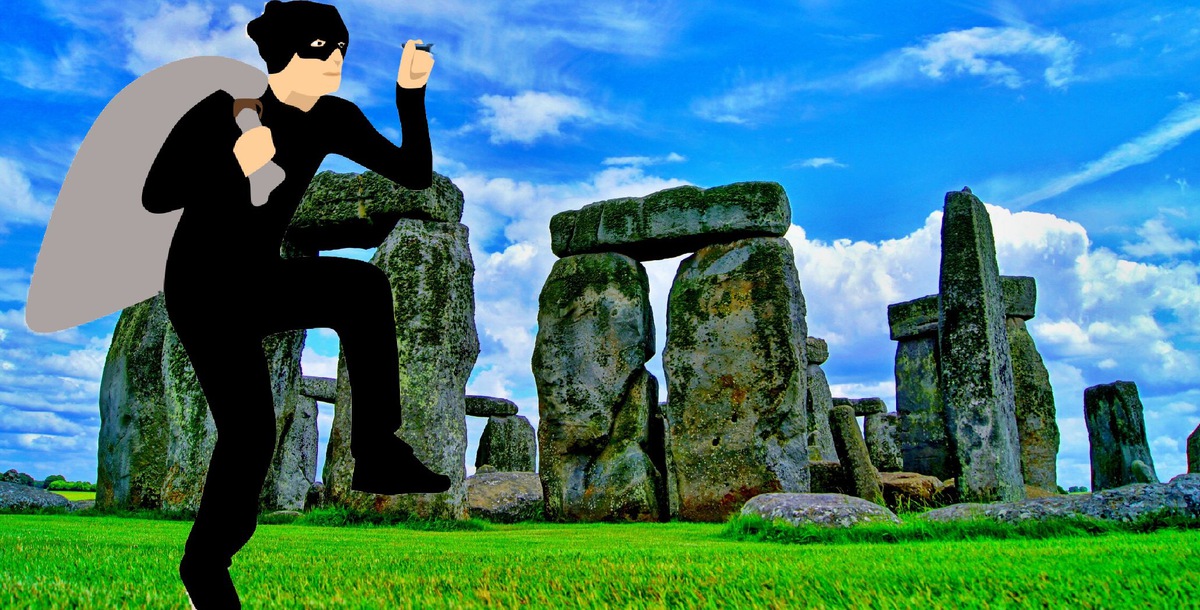The most mysterious stones of Stonehenge come from a mineral called bluestone. Stonehenge, on the Salisbury Plain in England has long been a source of fascination to modern man. It’s known for its air of spiritual mystery as much as for the engineering miracle that allowed the stones it’s made up of to be carried so far from where they were quarried and for the precision of their construction.
The henge is actually made of two different types of rocks. The outer ring is constructed of sarsens, blocks of a type of sandstone that is pretty common in the area where Stonehenge is located. The other stones, inside the outer ring, are made of a mineral called bluestone, and are far from local. In fact, the bluestones used to erect Stonehenge came from two 5,000 year old quarries in the Preseli Hills in the western part of Wales, nearly 200 miles away from the Salisbury Plain.
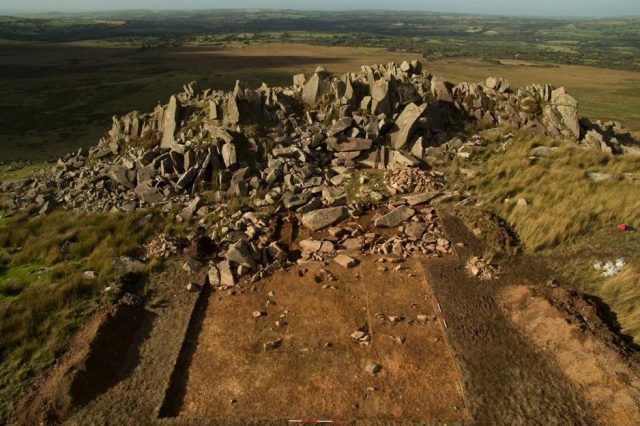
That sense of mystery makes Stonehenge and the stones used in it highly desirable to some people. According to a recent report in the Telegraph, the stones are so highly valued that some people have been turning to theft to get their hands on it. One recent thief used their ill-gotten goods as a yard decoration.
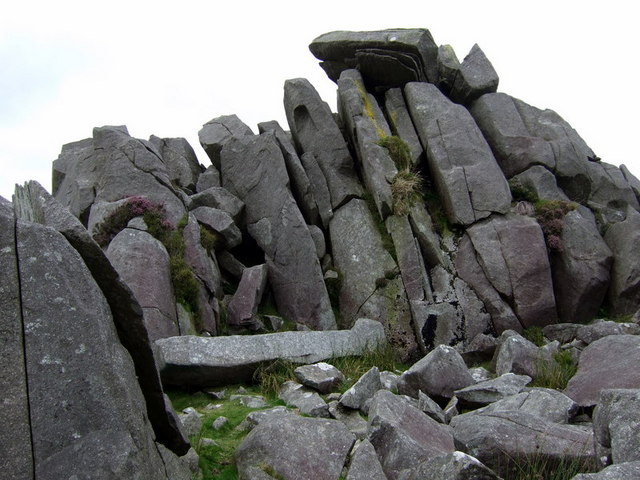
In the first week of January, an ambitious gardener liberated a chunk of bluestone from a quarry in the Preseli Hills, where some of the stone for Stonehenge was originally mined. The missing stone was tracked down by police, and was found about ten miles away from the site it was removed from, sitting in someone’s garden. The person in possession of the piece claimed they didn’t realize it was illegal to take stones from the area.
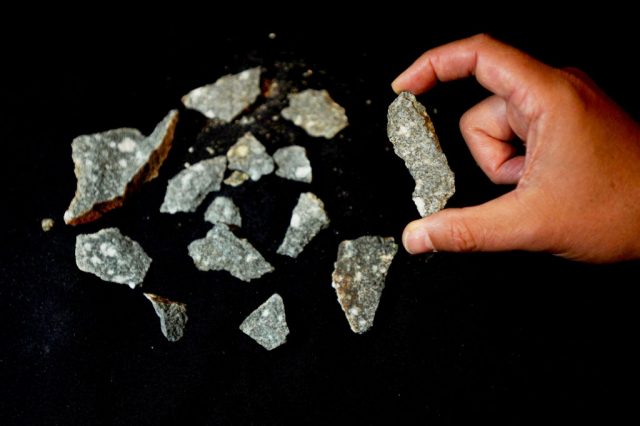
One of the inspectors involved in the case said that what made the case atypical, is that it just so happened that there was a witness to the actual theft, who recorded it while it was going on. In the United Kingdom, the word ‘bluestone’ is less a description of a specific type of rock than it is the name given to at least 20 different types of rock. The thing that they all have in common is that the Preseli stones are all a type of volcanic rock which is blue or blue-gray in color. It’s heavy, dark, and medium-grained, and is harder than granite.
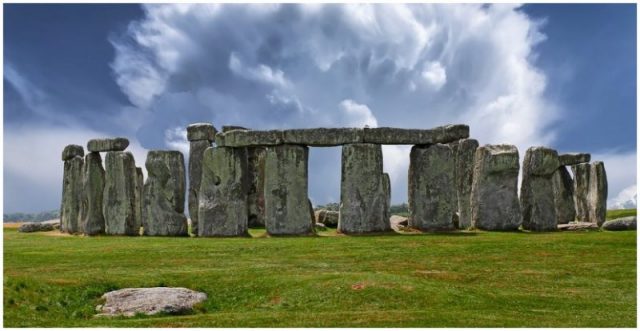
The dominant stones used in Stonehenge are spotted dolerite, which gets its name from the white spots in the blue rock and come from a quarry at Carn Goedog, and rhyolite bluestones which come from a quarry on an outcropping called Craig Rhos-e-felin, according to a UPI report from last year.
According to local geologists, both sites were excellent quarry sites for the Neolithic native, since the stones formed natural, vertical pillars, which could be separated from each other using a wedge on the joints between them to get already-shaped stone columns.
Some historians believe that the stones were transported to Salisbury Plain by being taken south to Milford Haven and then being placed on rafts or suspended between boats and floated up the British Channel and through the Bristol Avon to reach their destination. According to Kate Welham, an archaeologist from Bournemouth University, it’s equally possible that since the two quarries are on the north side of the Preseli Hills, the stones used to build the henge may have just been taken overland.
Stonehenge has a very mystical aura even today. The Neolithic construction was built around 4,000 BC, and over the years has been used as a burial site, a ceremonial site, and possibly a place of religious pilgrimage over the thousands of years of its existence. Even now, modern druids gather there for rituals on the Summer Solstice.
Whether the bluestone in the Preseli Hills gained its reputation for having spiritual and healing properties is a reflection of the mysticism of Stonehenge, or whether it was just assigned to the stone itself, the local stone is highly prized both for its supposed properties, and simply for its beauty. Its appearance may well be the only reason that this particular chunk was taken and put in the thief’s garden.
Related Article: DNA Reveals the Origin of Stonehenge Builders
The local authorities were aware that bluestones from the area were going missing, but prior to this particular theft, had never been able to figure out where the specimens were going. The Preseli Hills are part of a Site of Scientific Interest and conservation area, which is why the stones removal is a crime.
Reminders are being issued that it’s illegal to remove stone from the quarries.
